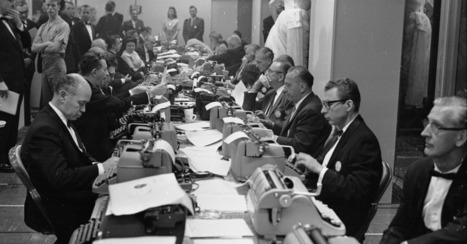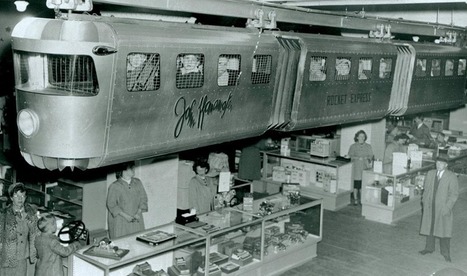In June 2015, a new, hyperspecific website named Van Winkle’s went live. It was billed as an online destination for “all aspects of sleep and various nocturnal adventures” by its editorial director, Elizabeth Spiers, formerly an editor at Gawker and the Observer.
In its first week, the site’s pieces included a listicle about dream sequence clichés and a 2,800-word feature on the rise of benzodiazepine prescriptions. Its editor-in-chief, Jeff Koyen, heralded it as “the first editorial venture of its kind.”
What he meant by that had as much to do with its niche subject matter as it did its funding source: Van Winkle’s was not a traditionally independent journalistic venture, but the latest product of mattress startup Casper.
“We have a long-term vision for Casper to become the dedicated brand for all things sleep, and part of owning that category is owning the best content related to it,” Casper CEO Philip Krim told The Wall Street Journal at the time, speaking pure startup. He later added: “The mandate is to create awesome content and that’s it.”



 Your new post is loading...
Your new post is loading...














Here's a profile of Van Winkle's "news" and some interesting insight into content marketing and journalism. More recommended reading. 9/10